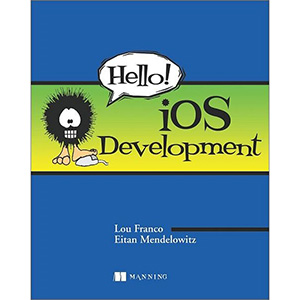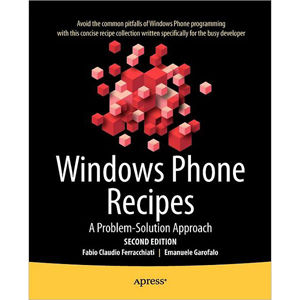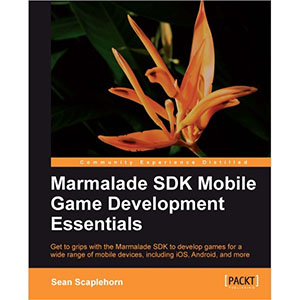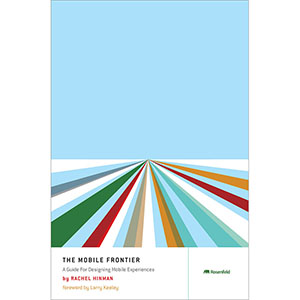Professional Android Sensor Programming
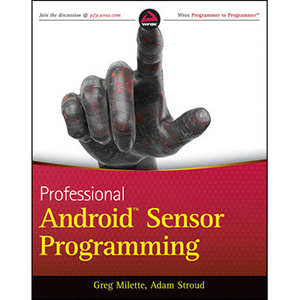
Learn to build human-interactive Android apps, starting with device sensorsThis book shows Android developers how to exploit the rich set of device sensors—locational, physical (temperature, pressure, light, acceleration, etc.), cameras, microphones, and speech recognition—in order to build fully human-interactive Android applications. Whether providing hands-free directions or checking your blood pressure, Professional Android Sensor Programming shows how to turn possibility into reality.
The authors provide techniques that bridge the gap between accessing sensors and putting them to meaningful use in real-world situations. They not only show you how to use the sensor related APIs effectively, they also describe how to use supporting Android OS components to build complete systems. Along the way, they provide solutions to problems that commonly occur when using Android’s sensors, with tested, real-world examples. Ultimately, this invaluable resource provides in-depth, runnable code examples that you can then adapt for your own applications.
- Shows experienced Android developers how to exploit the rich set of Android smartphone sensors to build human-interactive Android apps
- Explores Android locational and physical sensors (including temperature, pressure, light, acceleration, etc.), as well as cameras, microphones, and speech recognition
- Helps programmers use the Android sensor APIs, use Android OS components to build complete systems, and solve common problems
- Includes detailed, functional code that you can adapt and use for your own applications
- Shows you how to successfully implement real-world solutions using each class of sensors for determining location, interpreting physical sensors, handling images and audio, and recognizing and acting on speech
Learn how to write programs for this fascinating aspect of mobile app development with Professional Android Sensor Programming.
From the Back Cover
Exploit the rich set of Android sensors to build fully aware apps
If you want to create truly amazing apps for Android, you must know how to take advantage of all of its capabilities. This book helps you achieve this by arming you with the knowledge and code you need to put Android’s sensors to good use. From determining the smartphone’s location and interpreting physical sensors to handling images, audio, and recognizing speech, you’ll learn how to effectively apply the sensor- related APIs. With this information, you’ll not only save time during the development process but you’ll also be able to build fully featured apps that integrate new levels of interaction and automation.
Professional Android Sensor Programming:
- Shows various ways to implement location tracking and proximity alerts
- Uncovers the physics behind the physical sensors available in the SensorManager API so you can know how to apply them appropriately
- Shows algorithm code to interpret noisy sensor data and detect changes
- Demonstrates how to measure device properties like orientation and movement, as well as environmental properties like relative altitude
- Explores using Android Open Accessory (AOA) to access external sensors
- Describes Near Field Communication (NFC) technology and its APIs
- Provides image and signal processing code to detect patterns captured by the camera and microphone
- Exposes all components required to create reliable, user-friendly, speech-enabled apps using Android Speech Recognition and Text-to-Speech APIs
Table of Contents
Part I: Location Services
Chapter 1. Introducing the Android Location Service
Chapter 2. Determining a Device’s Current Location
Chapter 3. Tracking Device Movement
Chapter 4. Proximity Alerts
Part II: Inferring Information from Physical Sensors
Chapter 5. Overview of Physical Sensors
Chapter 6. Errors and Sensor Signal Processing
Chapter 7. Determining Device Orientation
Chapter 8. Detecting Movement
Chapter 9. Sensing the Environment
Chapter 10. Android Open Accessory
Part III: Sensing the Augment, Parttern-Rich External World
Chapter 11. Near Field Communication (NFC)
Chapter 12. Using the Camera
Chapter 13. Image-Processing Techniques
Chapter 14. Using the Microphone
Part IV: Speaking to Android
Chapter 15. Designing a Speech-Enabled App
Chapter 16. Using Speech Recognition and Text-To-Speech APIs
Chapter 17. Matching What Was Said
Chapter 18. Executing Voice Actions
Chapter 19. Implementing Speech Activation
Book Details
- Paperback: 552 pages
- Publisher: Wrox (June 2012)
- Language: English
- ISBN-10: 1118183487
- ISBN-13: 978-1118183489
